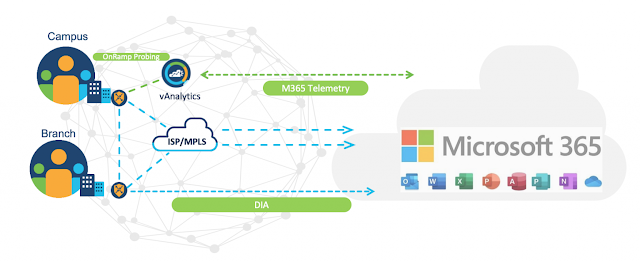Cisco exam preparation is a daunting task. Everyone knows about the difficulty level of Cisco exams, putting the applicants in different scenarios. Even though you might consider that you have the essential skills to get through a Cisco exam, you will figure out on the exam day that things are not so simple as they appear. If you want to be different than other applicants, you should study smart. So, identifying the most effective study resources is an excellent means for exam preparation. When it comes to the Cisco 300-430 ENWLSI exam, the difficulty level is the same. You need to count on verified study resources before you take the exam.
This exam will help you receive two certifications, the CCNP Enterprise and Cisco Certified Specialist – Enterprise Wireless Implementation. The corresponding tool by earning the first certification, you need to succeed in the 350-401 exam; only after that step are you qualified to opt for a 300-430 exam. So, are you all set to know which are the best study resources and tactics you can use for Cisco 300-430 ENWLSI exam?
Cisco 300-430 ENWLSI Exam: Preparation Options and Methods
Before we dive deep into the study resources for Cisco 300-430 ENWLSI exam, you should become familiar with the skills required to obtain. The assessment’s blueprint will help you understand what you have to learn to get the passing score from the first attempt. So, you will require to become an expert in deploying the following topics:
- Flex-Connect environment
- QoS services
- Multicast infrastructure
- Advanced location services
- Highest level of security for client connectivity
- Efficient monitoring solutions
- Device hardening management and troubleshooting
Are you curious to know which study resources can help you? Keep on reading for further information in the paragraphs below.
Also Read: Introduction to Cisco 300-430 ENWLSI Exam
Available Study Resources for Cisco 300-430 ENWLSI 430 Exam
Cisco 300-430 exam gauges your skill in working with wireless network implementation; this exam is not a cakewalk in the park. Even though it might not be difficult to find various study resources for this exam, you shouldn’t trust all the resources that you find online. So, our advice is, to begin with, the vendor’s official website.
Cisco is an internationally recognized vendor acknowledged for its different certifications and learning materials variance. So, if you visit the Cisco 300-430 official webpage, you will find other learning resources. One of the most popular ways used by successful test-takers is an instructor-led training course. In this course, you will get your doubts solved right away. Moreover, Cisco certified trainers share tips and other helpful resources for exam preparation.
You can also take up the video course or register for the in-classroom training. The option you choose especially for you mostly relies on your location, time you can commit to the training process, and your study schedule.
Taking Cisco 300-430 ENWLSI practice tests is also an outstanding preparation option. Once you are done with the other training methods, you can use this method to gauge your readiness. Thus, you can point out the topics you have to concentrate on before taking the actual exam.
You can join online study groups and discussion forums to reach out to other learners and professionals that will help you solve your doubts and better prepare. Through these groups, you can get several study resources and other essential exam-related information.
Benefits of Being Cisco 300-430 ENWLSI Certified
You may think if all this hard work for Cisco 300-430 ENWLSI exam prep is worth it or not. The answer is yes, as earning a CCNP Enterprise certification comes with many benefits such as:
1. Increase Your Productivity at Work
For one to get a certification, they have to prove skills and knowledge of explicit concepts needed at theworkplace. Since the Cisco CCNP Enterprise Certification program undergoes frequent updates to match the up-to-date working requirements, obtaining a Cisco certification indicates that one has the requisite competencies to perform in his/her job position successfully.
2. Amazing Career Opportunities
There has been a reported increase in salary for IT professionals upon earning a certification. In addition to this, certified professionals are frequently entrusted with supervising and being a mentor to their colleagues, assisting them for a promotion.
3. Become a Part of Professional Community with Cisco 300-430 ENWLSI Certification
Being certified, you’ll have entrance to educational and training databases, conferences, mentorship programs, and networking opportunities such as Cisco Networking Academy, from which IT professionals are presented with resources to upgrade their careers.
Conclusion
The Cisco 300-430 certification exam will be your key to unlock the door to a successful career as an Enterprise Wireless Implementation Specialist. This exam will help you acquire the essential skills to add value to your team and improve your possibilities to get an attractive salary. As the study resources are important for your success, you should select them thoroughly. Consider the information provided in this article, study smart, and get the flying score on the first attempt. Good luck!























